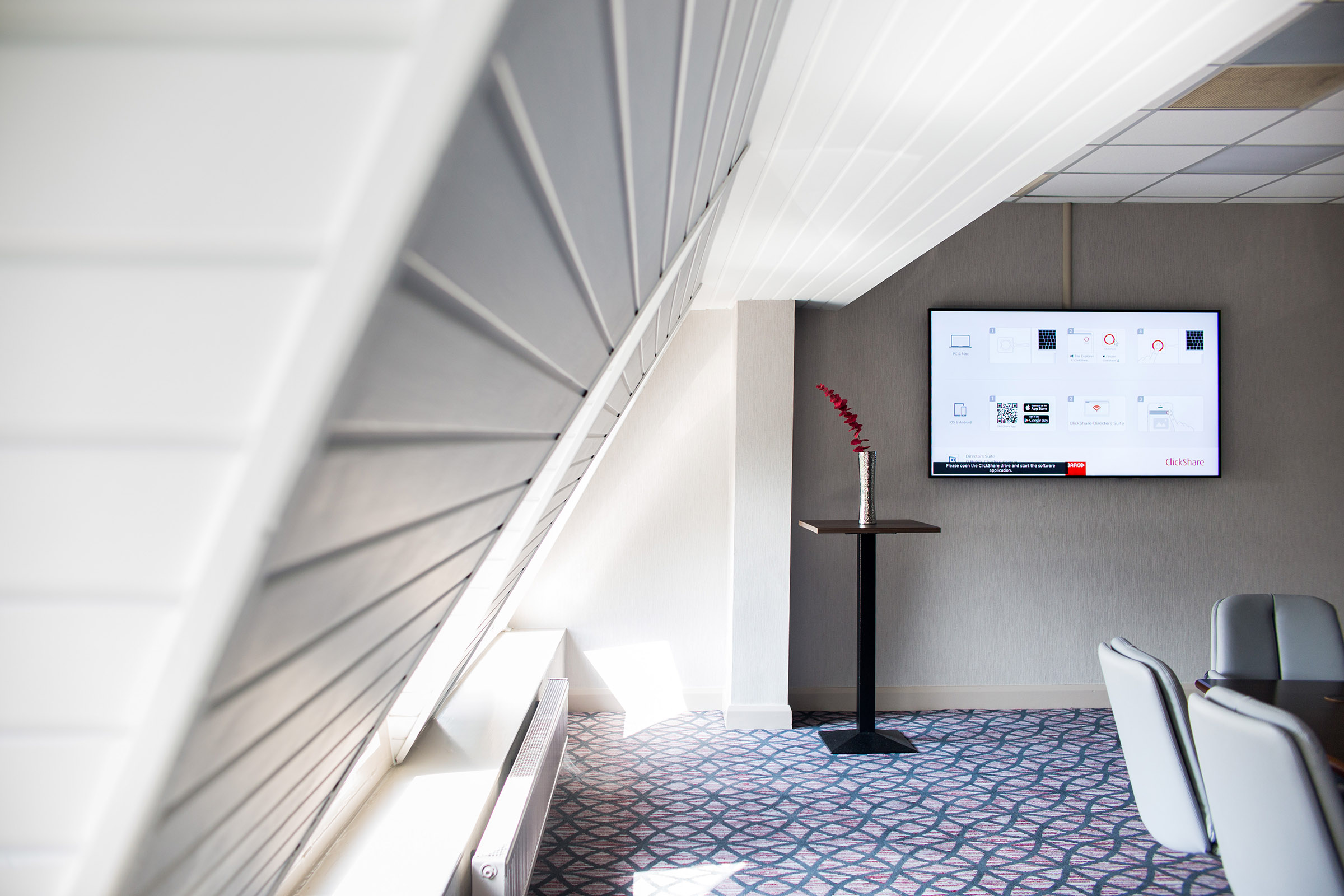Enhancing Security and Monitoring Efficacy Via Strategic Security CCTV Placement in Commercial Settings
Enhancing Security and Monitoring Efficacy Via Strategic Security CCTV Placement in Commercial Settings
Blog Article
Within today’s shopping settings, security is a primary concern for retail owners and managers. A efficient method to enhance safety and surveillance is through the tactical placement of surveillance video cameras. These cameras not just help deter shoplifting and criminal acts but also provide valuable evidence in case of occurrences. By understanding the best spots for surveillance camera installation, retailers can enhance their efficacy and create a more secure retail environment for customers and employees alike.
The initial action in effective surveillance camera placement is to locate vulnerable zones within the store. These areas typically consist of entrances and exit points, checkout registers, and sections where expensive items are showcased. By installing surveillance devices in these areas, store owners can monitor customer actions and detect suspicious activities. Additionally, surveillance systems at entrances can capture footage of people entering and exiting the retail space, which is essential for recognizing possible shoplifters. This proactive approach aids in minimizing theft and guaranteeing a secure environment.
A further key consideration is the type of camera used in the retail space. Various cameras fulfill distinct functions. For visit site example, dome-shaped surveillance cameras are often used for indoor surveillance because they are less noticeable and can monitor a wide space. On the other hand, bullet-style surveillance cameras are ideal for outdoor use, as they are much conspicuous and can deter criminal behavior. Retailers should assess their specific requirements and select the appropriate surveillance device types to ensure comprehensive coverage of the retail space.
In addition to camera types, the angle and elevation at which surveillance devices are installed have a crucial part in their efficacy. Surveillance devices should be positioned at a height that allows for unobstructed viewing of individuals and activities without being readily manipulated with. A typical recommendation is to install cameras at least 8 to ten feet off the ground. Additionally, surveillance devices should be tilted to monitor as much area as possible while avoiding areas without coverage. This tactical installation guarantees that all areas of the store are observed, providing a full view of customer interactions and possible safety risks.
Finally, it is essential for retailers to regularly assess and maintain their monitoring equipment. This includes checking camera functionality, ensuring that footage are high-quality, and updating software as needed. Routine upkeep aids to avoid mechanical issues that could compromise security. Additionally, retailers should review recordings periodically to identify trends in shopper behavior and potential safety threats. By staying proactive and attentive to their monitoring equipment, store owners can create a safer shopping environment and safeguard their resources effectively.